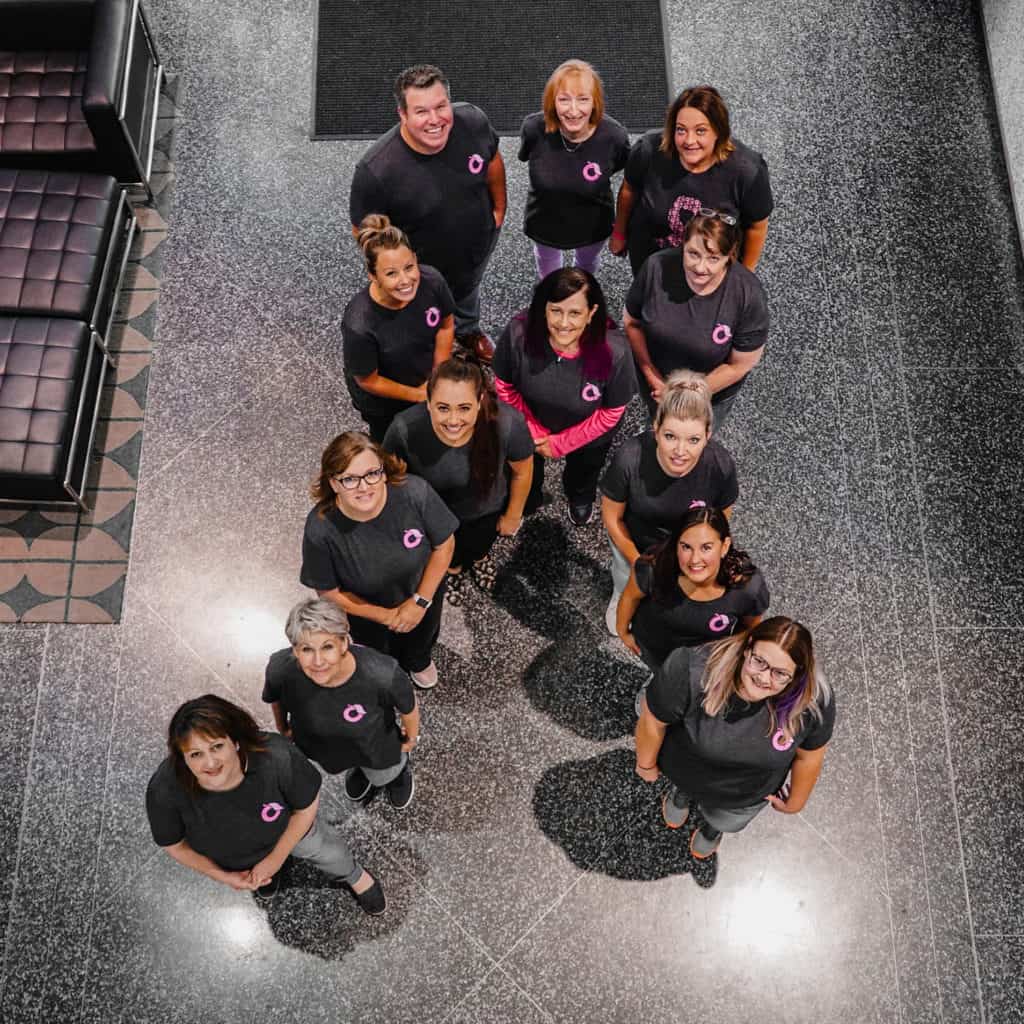For decades there have been three main screening tools used to detect breast cancer in its early stages: breast self-exam (BSE), done monthly by the individual; clinical breast exam (CBE), done annually by the clinician; and mammograms (x-rays that can often show a breast lump before it can be felt), done annually or biannually, depending on the individual’s age.
Since 2008, when two large studies from Russia and China showed that BSE, as practiced by most women, does not reduce breast cancer deaths, recommendations are no longer clear. In fact, they are quite confusing.
Mammograms
All of the breast cancer organizations recommend mammograms, although they do not agree upon the age at which they should be started, nor how often, nor when to discontinue the screening. None currently recommend routine mammogram before 40 years old unless there are risk factors.
Clinical Breast Exam (CBE)
Unless you have breast cancer risk factors (see our Breast Cancer – Part 1 blog), annual CBE may not be done by your health care provider now until you are 40 years old.
Breast Self-Exam (BSE)
There are some conflicting studies for and against BSE. Some doctors say that it increases anxiety in women, causes more unnecessary trips to the doctors office and does not prevent death due to cancer. Others for BSE say that it is good because it is available to those who cannot afford to go to the doctor, teaches women about their bodies and makes women feel safer.
Since the American Medical Association (AMA) and the American College of Obstetricians and Gynecologists (ACOG) continue to recommend monthly BSE, and because cost-benefit statistics work for budgets but not for individuals, below is a brief BSE tutorial.
Remember, the main reason cited for discontinuing BSE is that they must be done accurately and consistently to be beneficial.
How to Perform a Breast Self-Exam (BSE)
All breasts have lumps and bumps. The purpose of a BSE is to know what is “normal” for your breasts and to find changes early. If you are afraid to do this, get a CBE during your next healthcare check-up and start immediately after that. You then know that what you are feeling is “normal” for you.
Do a BSE 3-7 days after the first day of your period, when breasts are less tender and lumpy. If you are post menopausal, do it on the day of your birthday every month (the 3rd, 10th, 24th, etc). BSE involves both looking and feeling for changes.
Visual: Stand in front of a large mirror and look for changes in breast and nipple appearance, including dimpling, puckering or bulging, changes in skin color (may indicate inflammatory breast cancer), discharge from the nipple, a big change in the size or shape of one breast. Most breasts are not exactly equal; look for changes. Turn side to side during the inspection to look from different angles. Do this with arms resting at your sides, pressed on your hips, and held up behind your head. Examine your armpits and the skin under your breasts during this inspection.
Feeling: Do this standing (in the shower is an easy way, as the soap and water help the fingers slide easily over the skin) and also lying down with the non-feeling arm held up over your head and a small pillow or folded towel under the breast being examined.
Feel for lumps, thickened places, hardness, squishiness, changes in skin texture (scaly), tender places or any changes (warm – indicates infection, not cancer, swollen or ridged) since the last exam.
Using the flat pads of your fingers make tiny circles as you feel the entire breast, from the collarbone down, including the nipples and armpits. As you make the tiny circles, feel at different depths: lightly, moderately and firmly. There are three ways to cover the entire breast with these small circles: starting at the nipple and spiraling out; starting at the collarbone and going up and down each breast; or going in a spoke or pie-wedge pattern from nipple to the edge of the breast around the breast. Whichever way you choose, be sure to cover all parts of each breast.
Finally, gently pinch the nipples, looking for any discharge. Some women will have a discharge routinely, others will not. What you’re looking for, again, are changes.
If you discover anything of concern, contact your health care provider. 80% of breast lumps are not cancerous, but should still be evaluated. Your provider will probably do a CBE and possible a mammogram. Ultrasounds and MRIs are not used as first-line diagnostics, but after positive a mammogram.
I hope that this two part series about breast cancer has helped you feel more informed and better prepared! Comment below with any questions.









